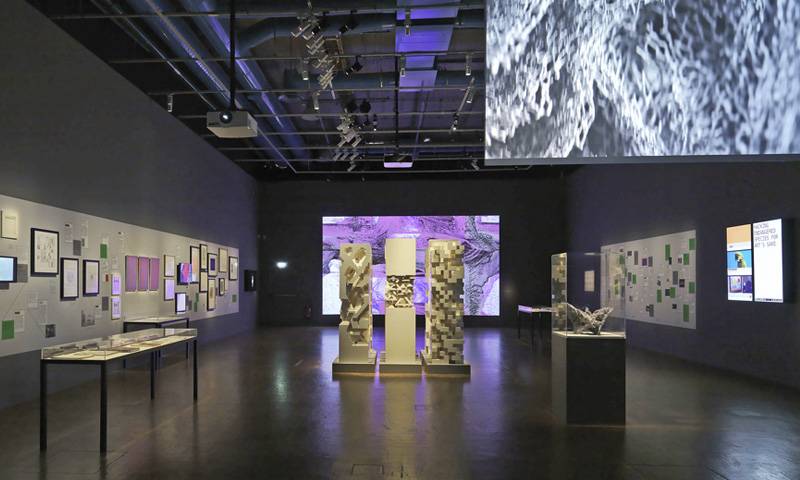In recent years, Professor Frèdèric Migayrou has initiated Mutations-Creations, a programme of five exhibitions devoted to creation and computation at Paris's Centre Pompidou.

As Chair of The Bartlett School of Architecture and Deputy Director of the Centre for Industrial Design at the Centre Pompidou in Paris, Frédéric Migayrou has been instrumental in shaping the discourse around the future of architecture in recent decades and, in doing so, giving form to its present and future.
He began his exploration of architecture’s radical edge in 1999, when he co-founded the exhibition series ArchiLab, inviting architects from around the world to debate frontline issues in the field. “Computation emerged as the main focus,” he says. After his seminal exhibition, Non-Standard Architectures (Centre Pompidou, 2003), he co-curated more recently Naturalizing Architecture (FRAC Center, 2013) an exhibition devoted to bio-computation and fabrication.He went on to establish B-Pro, or ‘Bartlett Prospective’ at The Bartlett in 2012, bringing together a suite of Master’s programmes with experimental digital designs as their central element.
At the Pompidou, his primary achievement has been the pioneering Mutations Créations programme of exhibitions, which have to date explored issues such as 3D printing, coding and synthetic biology. Since then, both 3D printing and coding have become intrinsic parts of architectural education and practice. “In the first exhibition we presented one of the earliest 3D printing machines,” he says.
With typical foresight, the next exhibition in 2020, Neurons, Simulated Intelligences, will focus on artificial intelligence, tracing its history from the early days of cybernetics to the modern day. “The exhibition is also a critical tool for young architects in the use of building information modelling,” he adds. And the 2021 exhibition will be devoted to networks – everything from satellite phones to social networks – considering how permanent connectivity is allowing architects to collaborate globally. “Working with information in real time from all over the world completely changes the economy of architecture and will surely change the works of architects,” Migayrou says.
His exhibitions invite participation from architects and artists, as well as academics from The Bartlett and other prominent universities around the world. “We are creating a community of artists, architects and designers working with the same processes, procedures, technologies and software, so any person can evaluate their own research in front of others in the field.”
In their multidisciplinary approach, Migayrou’s exhibitions expand the conversation about building beyond architects, but unlike platforms like the Venice Biennale, the exhibitions retain a keen attachment to practice itself and its possibilities. “More and more the Venice Biennale and other similar events have become art exhibitions – more social studies and critiques about the status of the architect than architecture itself, and its politics, commissions, markets and companies,” Migayrou says.
In his work, he has sought not just to critique and challenge, but to transform the work of architects themselves – and intends to continue to do so.
 Close
Close

